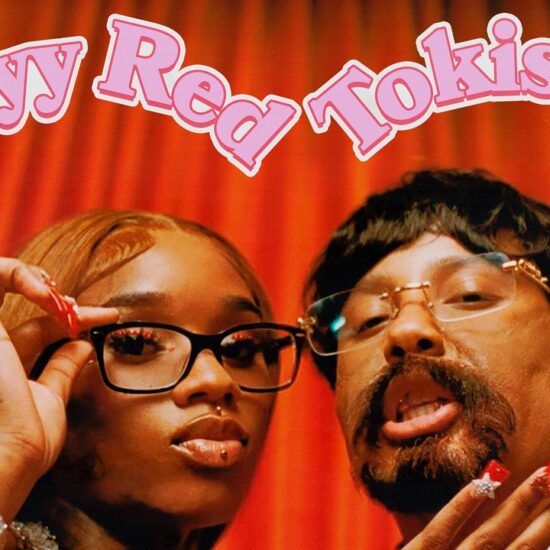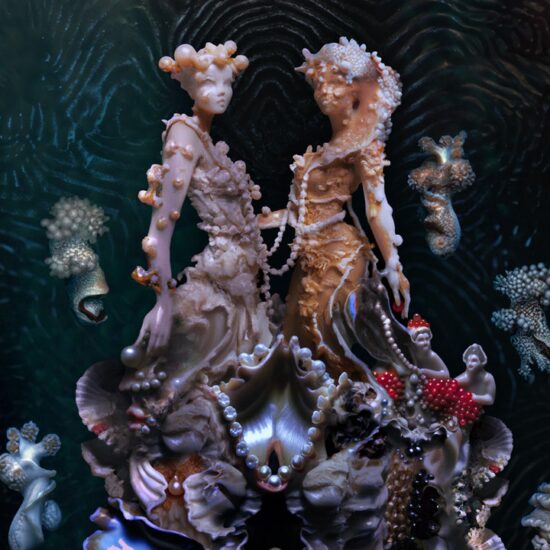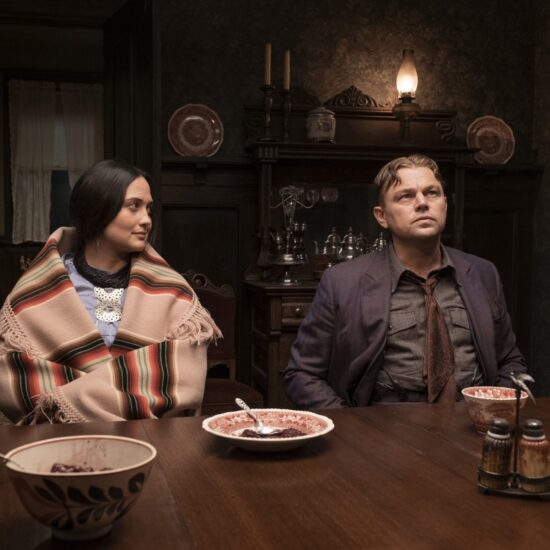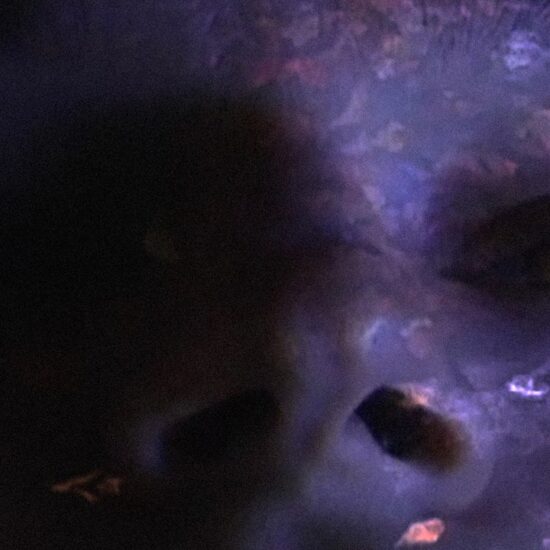
Your heart will go on for James Cameron’s return to Titanic, rereleased in theaters, just in time for Valentine’s Day. “It’s been 84 years…” no, just 25 since its original release in 1997, the year Cameron’s blockbuster took the box office by storm, becoming the first film to reach the $1B mark. It also garnered 11 Oscars (when the movies that audiences flocked to would also be feted) and became the third highest-grossing movie of all time, right behind the celebrated director’s own two Avatar movies. The ship has sailed once more to knock off Avatar: Endgame as the current No. 1 with Titanic’s opening box office weekend of $15M.
At the heart a real love story
Revisiting the iconic film was a blissful experience, which holds up against the test of time. In fact, it made me nostalgic when stories like this were filmed on a grand scale and resonated with audiences. I was surprised by how much of an emotional punch the film makes. At its heart is the star-crossed lovers Rose (Kate Winslet) and Jack (Leonardo DiCaprio), “Romeo and Juliet” on the Titanic, as described by director James Cameron in the anniversary featurette.
There have been several versions of the 1912 sinking told on the big screen, but what set James Cameron’s epic depiction was the love between the two witnesses to the ship’s massive destructive scenes, Rose and Jack, from two vastly different classes. As tensions rise from the development of their emotional connection, it forms the foundation of the harrowing disastrous events that transpire all around them. It’s Rose’s and Jack’s passionate narrative that propels the action forward, transforming a disaster movie into a masterful story with greater depth and where the stakes couldn’t be higher: for survival, for enduring love, for freedom. It’s why it justifies the three+ hours where every minute counts.
First-rate all along the way
But it’s not just the two main stars—who would later become household names, thanks to the enormous success of Titanic—but seeing it again reminded me how impeccably cast the films was. As the villainous Cal Hockley, Billy Zane plays it to the hilt, while scene-stealing Kathy Bates’s ‘Unsinkable’ Molly Brown still remains such a fun, fantastic character. But it’s the moment when “the violins kept playing” the poignant “Nearer, my God, to thee” still remained the breaking point for me (the musicians perished along with the ship), along with Captain Smith (Bernard Hill) and ship designer Thomas Andrews (Victor Garber) shockingly resigned to their fates to go down with the ship. And here, the film is so well served by two wonderful actors bringing home the devastation of the last few hours of the ship’s demise.
The transition scenes between the young Rose and the 100-year-old version, portrayed by the gifted actress Gloria Stuart, centering on their similar irises, serve as a clever device to connect the tragedy for modern audiences. The ‘flashback’ method serves the movie so well. This is after all Rose’s journey, really, giving the narrative a positive spin that ties Jack’s impact on Rose’s life, which is seen through pictures that demonstrate how she took the lessons learned during their time on the Titanic to live life to her fullest potential. The unanticipated bittersweet twist turns the tale from one of absolute catastrophe to a hopeful one, and why this version has endured so successfully.
A new lease of life in 4K and 3D
If there’s one movie that should be seen in theaters, it’s Titanic. This a larger-than-life story that should be experienced on the large screen, plain and simple. Seeing it in theaters once more had me marveling at the glory of storytelling at its finest. The sweeping romance unfolds amidst the spectacular scenes of the ship’s glorious heyday and much later, the traumatic events of the ship’s end. The allure of Rose’s and Jack’s romance gives the audience a chance to celebrate the glory of the legendary ship, while the last hour of the film turns into a true disaster account buoyed by their emotional bond, creating even greater impact as the remaining shocking events transpire. Seeing all this take place on the big screen—seamlessly restored in 4K and 3D—left many in the audience in tears (myself included).
The 4K conversion gave Titanic a clean, beautifully enhanced feel. I’m not sure how much 3D served it, to be honest if I had one criticism. For example, it would have been fun to see the iceberg that brought the ship down pop out a bit more on the screen. Not every movie makes a smooth transition to 3D. But no matter, Titanic is worth seeing in the theaters again, and the restoration efforts make it even more worthwhile. It will remind you of the glory days of cinema (before Marvel and action heroes took over).
Believe me, your heart will go on.













